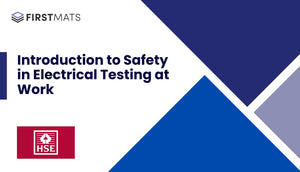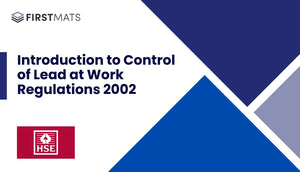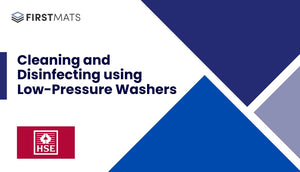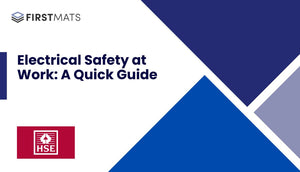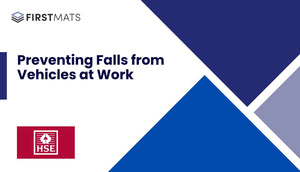Article Index:
Introduction
This article provides a quick guide to the Health and Safety Executive’s (HSE) leaflet INDG462, which provides advice for employers on lift-truck training. Lift trucks are widely used in various industries, but they are involved in about a quarter of all workplace transport accidents. Proper training can significantly reduce these accidents. This guide will break down the key points of the document for easy understanding.
The Law
Under the Provision and Use of Work Equipment Regulations 1998 (PUWER), employers are required to ensure all lift-truck operators have received adequate training. This includes correct use of the equipment, understanding any risks, and taking necessary precautions. The same standards apply to self-employed individuals.
Approved Code of Practice (ACOP) for Lift-Truck Operator Training
The HSE Approved Code of Practice (L117) provides guidance on operator training for rider-operated lift trucks. The ACOP does not cover certain types of trucks, but the guidance can be used as an indication of the standard of training for all lift trucks.
Who Should You Train?
- Potential lift-truck operators should be physically and mentally fit, reliable, and capable of becoming competent operators.
- They should be over the minimum school-leaving age (16), except in ports, where they must be at least 18 years old.
- Children under 16 should never operate lift trucks.
What Should Training Include?
Operator training should include three stages: Basic training, Specific job training, and Familiarisation training. Each stage has specific objectives and guidelines as detailed in the original document.
Authorisation and Certificates of Basic Training
After employees have successfully completed all three elements of training, they should be given written authorisation to operate the type of lift truck they have been trained to use. There is no legal requirement to issue certificates of basic training, but they provide evidence that operators have received relevant training.
Monitoring and Assessment
Lift-truck operators need to be routinely monitored and, where necessary, retested or refresher trained to ensure they continue to operate lift trucks safely. This monitoring and assessment should be carried out by a suitably competent person, such as an instructor.
Choosing Instructors
When choosing how to carry out training, employers have several options. They can send employees to an external training organisation, use a suitably trained employee from their company, or employ a commercial or self-employed instructor to conduct training on their premises. The competence of the instructor is crucial for successful training.
Conclusion
This guide provides a brief overview of the HSE's lift-truck training advice for employers. It is essential to provide adequate training to all lift-truck operators to reduce the risk of accidents and ensure a safe working environment. For more detailed information, refer to the original HSE document, leaflet INDG462.


